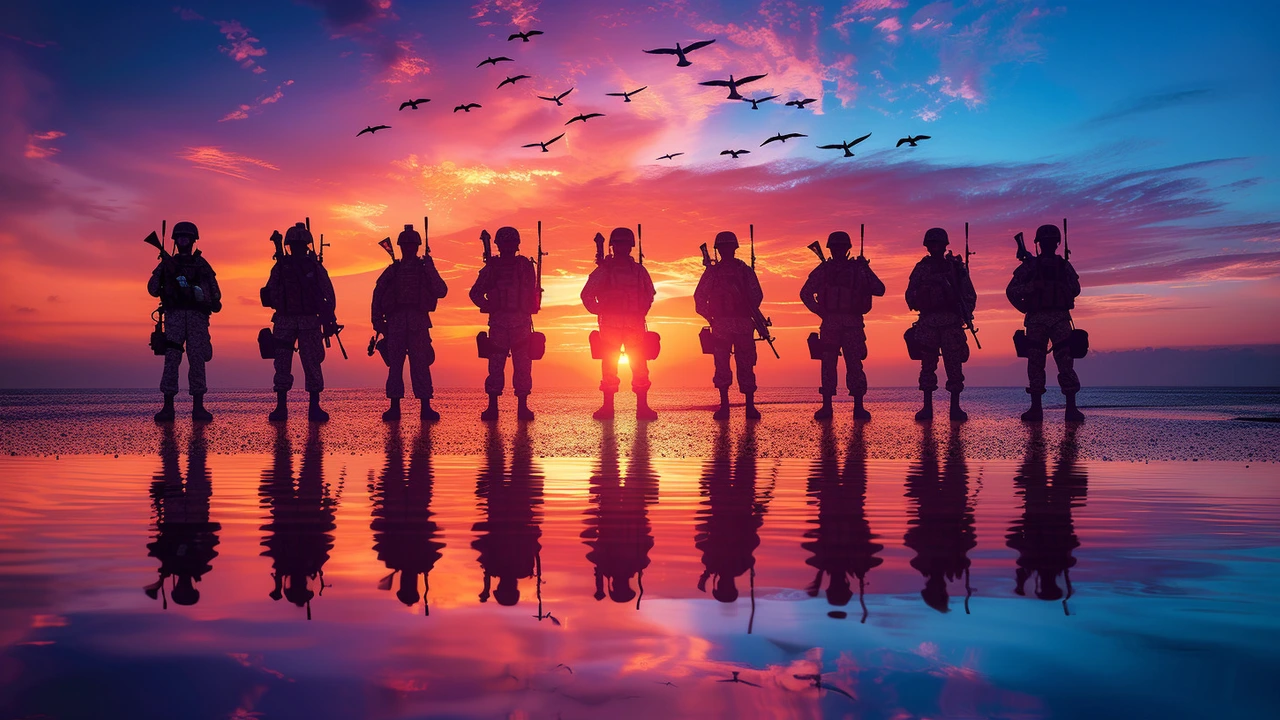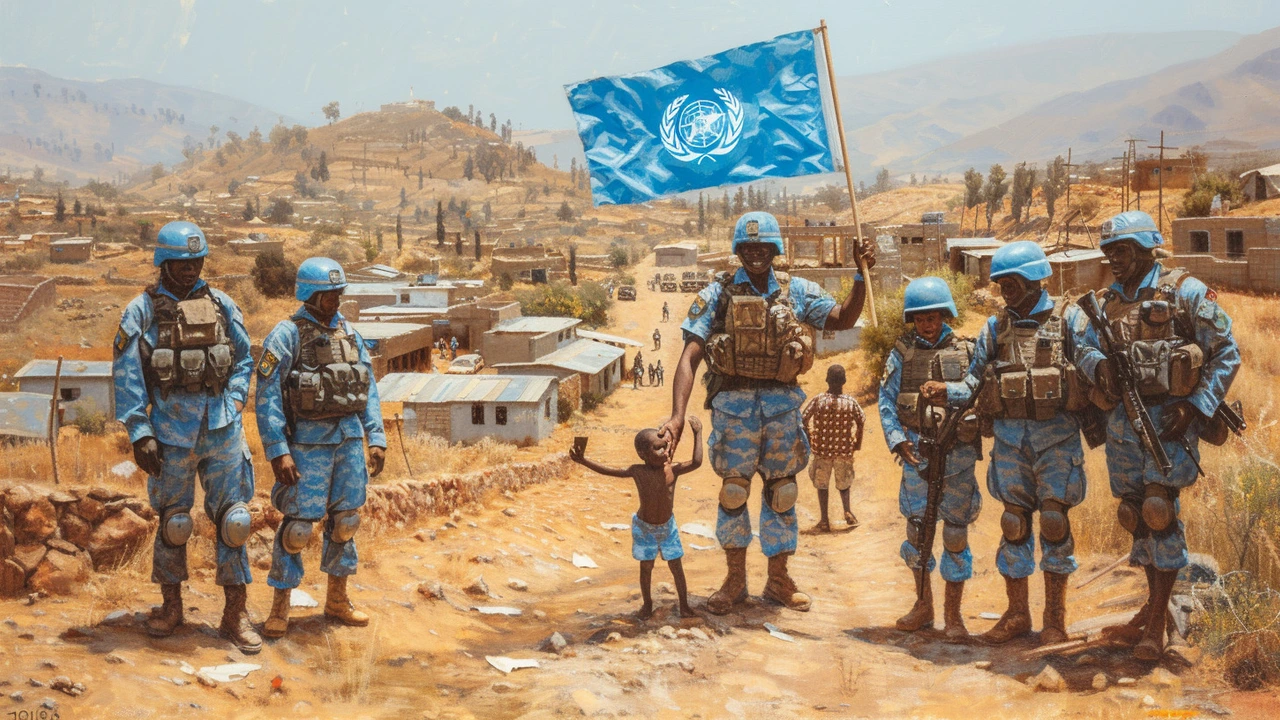What if small actions today kept a community safe tomorrow? Conflict prevention is simply about spotting strains—economic stress, political exclusion, or local disputes—and acting quickly with practical tools. This page lays out clear steps that peacekeepers, local leaders, NGOs, and engaged citizens can use to reduce the risk of violence.
Start with early warning. Track simple indicators: food prices, forced displacement, spikes in hate speech, or sudden troop movements. Data doesn’t need to be fancy. Regular reports from local clinics, schools, and market vendors give signals faster than national headlines. When patterns appear, share them with local leaders, aid agencies, and the UN so responses can be coordinated.
Support local mediation. People who know each other can defuse tensions before outsiders arrive. Train and fund community mediators, religious leaders, and women’s groups to lead dialogues. Mediation works best when it’s impartial, timely, and connects to tangible solutions—like land registration, fair resource access, or clear local policing rules.
Include those most affected. Excluding youths, women, or ethnic minorities fuels resentment. Bring diverse voices into decision-making bodies, truth commissions, or development projects. Simple moves—translated meeting notes, childcare during sessions, or separate youth forums—boost participation and reduce grievances.
Fix urgent governance gaps. Corruption, unresponsive services, and weak courts push people toward unrest. Short-term fixes like mobile legal clinics, transparent cash-for-work programs, and rapid-response teams for public services show people that institutions can help. Those fixes buy time for longer reforms.
Use proportionate security measures. Heavy-handed responses escalate violence. Train local police in de-escalation, community policing, and human rights. When international peacekeepers are present, clear rules of engagement and visible community outreach reduce fear and misunderstandings.
If you’re a peacekeeper or NGO worker, prioritize fast communication channels with local networks and set up weekly indicator checks. If you’re a local leader, create safe spaces where people can speak without fear and commit to quick, visible fixes. If you’re a regular citizen, report worrying trends—like targeted harassment or sudden supply shortages—to trusted community contacts.
Technology helps but won’t replace trust. SMS surveys, community hotlines, and open-source mapping can highlight problems fast. Still, the real prevention work happens face-to-face: listening, mediating, and following through on promises.
Preventing conflict isn’t glamorous, but it saves lives and money. Small, consistent steps—early warning, inclusive talks, practical governance fixes, and measured security—shut down many crises before they grow. Pick one action from this list and start there. You don’t need to wait for permission to begin making things safer where you live.

Hi there! I've just immersed myself into a deep exploration of a very timely and significant topic - peacekeeping. It turns out, it serves as a crucial instrument for conflict prevention, contributing massively to global peace efforts. This article unwraps the essence of peacekeeping and its pivotal role as a preventive measure against escalations of disagreements and conflicts. Trust me, peacekeeping might appear simple on the surface, but there's so much more to it that we need to understand and value. Stay tuned if you're as intrigued as I am!

Hi there! Today we will be diving into an insightful discussion about peacekeeping and how it serves as a critical conduit for peace and stability worldwide. We will explore various aspects of peacekeeping operations and their crucial role in preventing conflicts and bringing lasting peace. Particularly, we will discuss how peacekeeping missions help to create a conducive environment for stability to take root. Stay tuned to understand how peacekeeping missions work and why they are so important in our troubled times!
